Table of Contents
Traditional and Modern Architecture Style
Traditional and modern architectural styles tend to be confusing terms to, any individuals. Some mistake traditional houses for old and unkempt homes while modern are mistaken for new and polished houses. However, that is further from the truth. A new house can still incorporate traditional styles and there are modern homes that are almost a century old.
Read also – Traditional Architecture vs Modern Architecture
What is Traditional Architecture?
Traditional architecture can be plainly described as a historical type of house structure with various kinds of traits and cultures incorporated into the structures to give them a distinct appearance and style. They are inspired by traditions.
Some of the historical/traditional styles include Victorian, Colonial, Craftsman, and Neoclassical. Although the styles differ in origin, and building materials the houses possess similar qualities in interior design.
Traditional architecture has been practiced over time in a bid to preserve the connection with the past. That makes the style unique with minimal need for change in maintaining the vintage feel. The striking aspect is that traditional style is still relevant in the current era and architects are utilizing some aspects in designing houses that suit their client’s preferences.
Traditional housing has its root in the 20th century and is a blend of the colonial, farmhouse, and neoclassical styles (around the 17 & 18th centuries). Although the homes have no standardized floor plan, the traditional homes are known as simple, elegant, and inviting.
Their understated floor plan blends seamlessly. Their exteriors are mainly warm and inviting and their unique mix of historic styles makes them serene, and classical. Its rooflines are unobtrusive and almost always feature at least one front-facing gable.
Read also – 25 Types of Rooms in A House
What is Modern Architecture?
Modern homes are minimalistic. The style’s austerity began in the 1920s but it dominated during the Great Depression in the 1930s. It extends from form follow functions whereby most of its features are practical and they fulfill the functions of a design.
The combination of industrial materials and minimalism is highly scalable and it serves the needs of the late industrial age. Modern design embraces industrial materials like steel, concrete and architectural glass. The style averts every form of decorations with an underlying reason that the modern design will lose its value as decorations vary with time.
As the modern style is against ornamental aspects, it’s also against color mixes. It favors white only unless the variant color has a specific purpose. White is also a reflective color that draws in light creating a more natural look.
The design factors on exposing the nature of the materials. Concrete and steel are left bare enhancing a natural appeal. It also uses the brutalism concept that exposes concrete and steel. Modern houses follow a pragmatic and minimal approach that repeats itself in every room.
Read also – 15 Best Home Addition Ideas To Expand Your Square Footage
An example of repetition is found in the window patterns. The modern architecture also follows a rectilinear form and is complex to justify with other shapes under the form follows function principle. Other forms of architecture align with culture, arts, and traditions while the modern form is aligned with technology and science.
The style is practical and reuses existing structures and materials like old factories and shipping containers. The structural elements are relatively small and barely noticeable. Highly strong architectural glass adds to the effect by allowing light to illuminate drawing a natural look. The open space’s concept is strengthened by using high-strength columns of steel which eliminate load-bearing walls.
Modern architecture can be described as a form of housing structures that have distinct styles and features borrowed from the current trends. Modern architectural design incorporates clean, built-in, and clear designs on concept spaces. The design styles could be in form of open floors, frames, roofs, and ornamentation.
Contemporary architecture has become increasingly rigid and orthodoxical with a reputation for formality which stifles our creativity. Competing architectural movements like postmodernism embrace bold impractical forms, ornament, and cultural expressions that are a reaction to the strict minimalism of modern architecture.
Read also – 9 Best Contemporary Interior Design Ideas
Features of Traditional Homes
- Traditional homes feature large, open galleries with architectural elements like overhanging shafts and rafters, dormers, and pointed roofs with one or more gables.
- They are constructed using locally available materials and methods that ensure sufficient strength and durability.
- The design of traditional homes often incorporates elements that date back to the 17th and 18th centuries, showcasing a classic and timeless architectural style.
- Traditional homes blend familiar features with modern updates to satisfy contemporary living requirements while maintaining their historical essence.
- These homes typically embrace symmetry and a sense of harmony in design, emphasizing classic art pieces and rich historical elements.
Architectural Elements
- Traditional Craftsman homes are characterized by their use of natural materials such as stones, granites, and woods, which create a warm and inviting ambiance but require regular maintenance.
- Modern architectural designs emphasize a pragmatic and minimal approach, incorporating clean lines and built-in functionalities, often utilizing innovative materials like reinforced steel and high-strength glass.
- Common features of traditional homes include large open porches with overhanging beams, dormers, and tall, pointed roofs with gables, which reflect historical building styles.
- Modern homes typically feature flat or low-sloped roofs and a clean exterior with little to no texture, contrasting with the more ornate details found in traditional architecture.
- The architectural elements of modern homes often include open floor plans and the use of multipurpose rooms, reflecting a trend towards maximizing utility within smaller living spaces.
Interior Layouts
- Traditional home interiors often feature practical layouts that include defined living and dining spaces, enhancing functionality and comfort.
- A typical Craftsman home layout consists of rooms of similar size arranged in a grid pattern, often incorporating central staircases and level changes for dynamic spatial experiences.
- In traditional renovations, the layout design tends to be symmetrical, aiming to create a sense of harmony within the living spaces.
- Modern interior design emphasizes clean, straight lines and may have a streamlined approach to room layouts, focusing on maximizing space utilization.
- A traditionally decorated home often includes a wide range of designated areas, such as a separate formal dining room with a long table and matching accessories to promote organized social gatherings, while also ensuring ample natural lighting to enhance the overall ambiance.
Material Choices
- Traditional homes commonly incorporate materials such as brick and stone, while modern constructions typically favor glass and steel, highlighting their differing architectural approaches.
- Modern homes often utilize industrial materials such as steel, concrete, and architectural glass, prioritizing functionality through minimalism and the absence of decorative elements.
- While modern architecture leans towards minimalism and industrial materials, it does not entirely exclude traditional materials, as linens, leathers, and teak wood may also feature within the design style.
- The blend of modern and traditional styles leads to mixed materials in exterior design, with modern homes using traditional materials like wood and stone, and traditional homes sometimes showcasing sleek metal accents or large glass panels.
- In a Modern Traditional home, a careful selection of light, muted wall colors with classic moldings allows for a design that combines modern aesthetics with traditional structural elements.
Read also – 15 Best Home Staging Tips To Sell Your House Fast
Features of Modern Homes
- Modern homes are characterized by sleek, minimalist aesthetics that prioritize function and efficiency, often incorporating open floor plans and large windows to enhance connectivity to the outdoors.
- Sustainability plays a crucial role in modern home design, emphasizing the use of energy-efficient technologies and eco-friendly materials.
- Popular modern styles, such as Mid-Century Modern and Industrial Lofts, focus on clean lines and practical living spaces to create a contemporary living environment.
- The minimalistic philosophy of modern design is encapsulated in the idea of less is more, leading to decluttered areas that promote a sense of openness.
- Modern homes typically feature an abundance of natural light, achieved through large window panes that are minimally dressed to maintain a clean aesthetic.
Design Aesthetics
- Modern designs prioritize an open layout that creates a sense of flow between rooms, enhancing the functional space in homes.
- The color palette in modern home renovations typically leans towards neutral shades, with occasional bold colors used for accents.
- Furniture and decor in modern homes are characterized by simplicity and minimal ornamentation, contributing to a sleek aesthetic appeal.
- The materials commonly used in modern renovations include glass, steel, engineered wood, and concrete, reflecting technological advancements in architecture.
- Traditional designs often embrace a mix of materials like brick, stone, and wood, which adds depth and character while maintaining a timeless appearance.
Open Floor Plans
- Modern homes typically feature open floor plans that minimize the use of walls, creating a seamless flow between different living spaces to enhance functionality and connectivity.
- The open concept design in modern homes allows for multi-purpose rooms that maximize space utilization compared to the small, single-purpose rooms often found in traditional homes.
- Open floor plans contribute to the airy feel of modern homes, permitting natural light to flow freely through large windows and skylights, making the interior feel expansive.
- Many builders are now incorporating the open-concept design into newly-built homes that mimic traditional styles on the outside, merging modern functionality with classic aesthetics.
- Modern renovations emphasize open layouts, promoting a sense of space and flow between areas like the kitchen and dining room, often leading to a more clutter-free environment.
Use of Innovative Materials
- Modern architecture utilizes technologically advanced materials such as concrete, reinforced steel, and plastic, which contrasts with the traditional reliance on local materials.
- While modern materials are innovative, they may lack the robustness of traditional building materials, leading to potential issues with water penetration that can weaken the structure over time.
- The design of modern homes focuses on engineered materials, making them lower maintenance compared to the natural materials often used in traditional architecture.
- Natural materials like linen, leather, and teak wood, though characteristic of modern design, indicate that there is still some integration of traditional elements within contemporary homes.
- Modern renovations often incorporate materials such as glass, steel, and engineered wood to create sleek, industrial interiors.
Read also – How To Choose The Exterior Paint Colors for A House?
Differences Between Modern and Traditional Houses
Traditional home features include features similar as large, open galleries with overhanging shafts and rafters, dormers, and altitudinous pointed roofs with one or further gables. Traditional houses are made from locally available accouterments and ways that permit acceptable strength.
Ultramodern houses are constructed using concrete, sword, and glass. Its features include a flat or low-graded roof, straight lines, and a clean surface with little too new textures. The structures can be bungalows or storeyed.
Traditional houses tend to calculate on figures and mathematics for design purposes while ultramodern houses tend to follow a further organic design process that takes account of the mortal factor as well as functional outfit.
Traditional houses are designed by plans that don’t consider the planning regulations as they’re anticipated to last for longer durations or ephemerality still, ultramodern houses are constructed according to plans that take into account safety regulations and stylish regulations for better habitation.
Read also – 21 Most Popular Types of Interior Design Styles
1. Floor Plan in Traditional Houses and Modern Houses
Traditional House Floor Plan
Traditional homes have larger vestiges than ultramodern homes. The spaces are divided into several small, single-purpose apartments rather than many, large bones To maintain minimalist strength, ultramodern bottom plans are optimized to make the utmost of the space with multi-purpose apartments, and flawless and open conception spaces.
Numerous builders adopt the open- conception designs including numerous that look traditional on the outside. Traditional bottom plans tend to favor room separation. Some traditional features include a foyer or a hall. It’s also characterized by a definite laundry room and defined dining room spaces.
The dining spaces are stretched with clean and straight lines with practical dateless furnishing. Some of the rudiments incorporated into the design include neutral-colored curtains that are stretched from the ceiling to the bottom. The sheers are rounded by velvet curtains that give the room a sophisticated royal sense.
Read also – How To Draw A Floor Plan?
Modern House Floor Plan
They’re famed in the open bottom planning. The open bottom plans emphasize the sprawling space with minimum application of walls that enclose the shells of the house. The living room, the chesterfield, and the kitchen may have slight transitions that don’t cover them to bring a separation.
The slight transitions may be different flooring heights or lighting that define each space. It features striking accoutrements similar as glass, sword, and concrete over common bricks and wood. Natural lighting is encouraged by exercising large bottom- to ceiling windows. It draws out an artificial look with minimalist undertones.
The houses are designed with a progressive intelligence similar that it features precisely allowed out living spaces and environmentally friendly features that limit energy consumption and global footmark. Its out-of-door spaces are connected and integrated into inner spaces.
The inner spaces open up to the out-of-door spaces making them feel like a part of the house. It, therefore, draws out a commodious sense adding to the natural look. Utmost roofing has slight pitches encouraging better draining but with the ultramodern house, it’s slightly different. The roofing is flat with a low-pitched look. It in turn draws out a satiny, aesthetic appeal to the homeowner.
Read also – 8 Key Elements to Read Floor Plans
2. Windows and Lighting in Traditional Houses and Modern Houses
Traditional Windows Styles
- Traditional windows are typically small and symmetrically placed, necessitating more artificial lighting in comparison to modern designs that feature larger windows.
- The design of traditional houses often incorporates geometrically placed windows on the facade, generally of uniform size and shape.
- Traditional architecture frequently compensates for the lack of natural light from smaller windows with elegant details such as stained glass and intricate woodworking crafts.
- Slanted wooden panel windows are characteristic of traditional houses, as opposed to the glass windows prevalent in modern architecture.
- The architectural style of traditional homes emphasizes charm and character through intricate window designs, in contrast to the minimalist approach seen in modern designs.
Modern Window Design
- Modern window design prominently features large glass panes that maximize natural light and create a seamless connection between indoor and outdoor spaces.
- The development of new, stronger types of glass has facilitated the incorporation of larger window sizes and the potential for glass walls in modern architecture.
- Unlike traditional homes, which often have smaller, symmetrical windows that require more artificial lighting, modern homes utilize expansive windows to enhance illumination.
- Modern window designs showcase minimalist dressing, emphasizing simplicity while allowing for an abundance of light to fill living areas.
- In contrast to traditional wooden panel windows, modern homes almost exclusively utilize glass windows, reflecting a shift in architectural preferences.
Read also – 15 Best Celebrity Homes for Design Inspiration
Natural Light and Its Importance
- Modern homes utilize large windows and skylights to maximize natural light, creating open and airy interior spaces that enhance the overall atmosphere of the home.
- The development of newer and stronger glass technology has facilitated the design of larger windows in modern architecture, further increasing the availability of natural light.
- Traditional homes, in contrast, generally feature smaller and symmetrically placed windows, resulting in a greater reliance on artificial lighting.
- The abundance of natural light in modern homes contributes to a spacious feel, contrasting with the compartmentalized and smaller room layouts typical of traditional homes.
- Traditional homes often compensate for their lack of natural light by incorporating decorative elements such as stained glass and hand-carved woodworking to enhance the visual appeal.
Read also – 18 Top Home Design Trends To Decor Your Home
3. Furniture Styles: Traditional vs. Modern
Traditional Furniture Characteristics
- Traditional furniture often features classic wood materials that emphasize craftsmanship and durability, fitting well within the aesthetic of traditional homes.
- The design of traditional furniture typically includes ornate details such as hand-sculpted elements, which contribute to a sense of history and character in a space.
- Antique pieces are commonly integrated into traditional home designs, enhancing the overall appeal and offering a tangible connection to the past.
- Traditional furniture styles are characterized by symmetry and balance, with elements arranged thoughtfully to achieve a pleasing visual harmony within the home.
- Elements like unique overhead lighting and classic wood furniture are often used in traditional spaces, merging comfort with a timeless aesthetic.
Read also – 20 Best Furniture Brands To Upgrade Your Home Interiors
Modern Furniture Trends
- Modern furniture emphasizes a sleek and unembellished appearance, showcasing simplicity while ensuring comfort.
- The materials used in modern furniture often include a combination of glass and metal, aligning with the open floor plans typical of modern homes.
- In contrast to traditional heavy wooden furniture, modern pieces are designed to be more maneuverable, facilitating flexible arrangements in larger living spaces.
- Modern furniture trends prioritize functionality as much as aesthetics, featuring ample storage solutions that do not occupy excessive space.
- The design of modern furniture tends to be low maintenance, as it is less prone to collecting dirt and requires minimal upkeep compared to traditional furnishings.
The traditional cabinetwork description involves a festivity of substance. Traditional cabinetwork process neutral wall colors, which can illuminate the accentuation colors of the cabinetwork; also, chairpersons and settees, are repleted in warm jewel-toned upholstery.
The emblems associated with traditional cabinetwork include sculpted, dark wood cabinetwork. Scallops or shell designs are also used as totems of decoration. Bun bases, or ball and claw bottom legs, and armrests with arched tails are also other features. The style is also concentrated on high decoration with luxe upholstery.
Read also – 40 Best Online Furniture Stores
Image Credit: architecturaldigest.com
4. Windows in Traditional Houses and Modern Houses
The window styles aren’t limited and can be of any style but are substantially symmetrically placed. Some traditional houses may have a large covered veranda supported by columns and utmost constantly the design doesn’t incorporate a frontal functional veranda. Its surface is substantially made from gravestone, stucco, and bricks.
As a design element, accompanying large point windows with lower windows throughout the façade of the home can produce a sense of purposeful asymmetry, matching numerous of the structural rudiments that one may enjoy in this style of construction.
For renovations, the large windows may be wrapped in an accentuation trim or flashing for a dramatic effect, further spotlighting just how open the home design is, but will infrequently be burdened with hangouts or curtains.
Read also – 8 Best Window Treatment Ideas
5. Accoutrements in Traditional Houses and Modern Houses
Aged traditional homes or traditional buildings are substantially constructed from bricks while new bones use bricks for surface, framing, and erecting the house with contemporary structure accoutrements. The homeowners and engineers, thus, are free to use any siding they may want in any color they decide.
Beyond the use of natural accoutrements, the color palette is also simple and uses textures and natural tones to draw focus to unique architectural rudiments in ultramodern houses. By using the natural, undressed colors of concrete or gravestone along with muted makeup tones like slate or white, contemporary homes can come off as rather calming or serene.
The idyllic ultramodern house does not capture the passersby’s attention with color, but rather, the design houses make a humble statement using unique architectural rudiments similar as angles, large windows, or a mix of accoutrements.
When it comes to ultramodern, contemporary design, the world is your oyster, but the key is to a flashback that lower is always further. Simplicity, natural accoutrements, textures, and colors all combine to produce a unique style immaculately suited to a moment’s life.
Read also – 20 Ways To Add Color To Your Home Without Painting
Kitchen Designs: A Comparative Analysis
Traditional Kitchen Layouts
- Traditional kitchen layouts often feature spacious furniture, cabinets, and drawers made from heavy or distressed wood, creating a cozy and inviting atmosphere.
- Ornate molding and intricate details on cabinetry are common in traditional kitchens, which emphasize craftsmanship and quality.
- The use of luxurious materials, such as high-end stone for countertops, is a hallmark of traditional kitchen design, adding warmth and sophistication.
- Traditional kitchens typically incorporate architectural statement lighting fixtures, enhancing the overall charm and elegance of the space.
- These layouts prioritize a warm, cozy mecca for family gatherings, characterized by comfortable and visually appealing design elements.
Modern Kitchen Innovations
- Modern-style kitchens prioritize ample storage solutions and built-in features that allow for an organized and efficient cooking environment.
- Innovations in modern kitchen design emphasize energy-saving appliances and technologies, contributing to overall efficiency.
- The use of natural materials is a hallmark of modern kitchens, often incorporating metals and unpainted wood for a contemporary aesthetic.
- Space optimization is a key characteristic of modern kitchens, frequently employing innovative layouts that enhance convenience and functionality.
- Modern kitchens adopt a minimalist aesthetic, focusing on clean lines and simple designs that reduce clutter while maintaining a stylish appearance.
Read also – 10 Best Kitchen Remodeling Ideas
Finishes
The home homestretches include flooring, cabinetry, countertop accoutrements, sinks, trims, and indeed doors. A full home redoing design would target. A full home redoing for an ultramodern home will bear bolder neutrals like white, black, and slate with painted, laminate concrete flooring, and more minimum trims.
Still, a traditional home would be characterized by wood-grain doors and cabinetry.
Contemporary design leans toward natural accoutrements to make a statement that frequently reflects the surface features of a handicraftsman-style home. The mix of ultramodern lines and shapes with accoutrements like wood, gravestone, or exposed concrete makes a bold statement.
It roots the house in the medieval period but bounding toward the future. Engineers and interior contrivers are intrigued when designing houses that incorporate a variety of accoutrements blended for a unique, but unified aesthetic.
Read also – 9 Best Home Interior Design Tips To Improve Your Home Value
Conclusion
Smart home and healthy home features can be incorporated into any home design; they’re generally specific to ultramodern design, showcasing what is new and trendy in the ultramodern period.
Smart home technology provides security, comfort, convenience, and energy effectiveness by allowing possessors to control their smart bias through an app or indeed set bias to control them. Homeowners can cover and control heat and air exertion units, turn lights on or out, start the appliances, visually cover their home and notify authorities, if demanded
When in doubt about choosing your home style, we suggest you turn to the user-friendly Foyr Neo software that is designed to help homeowners and interior designers alike. You can select or create your preferred floor plans, choose house styles, the paint colors for the walls, pick your furniture, and basically design your home in a traditional style and modern style on a 3D model. It will give you an accurate rendering of what your contemporary home is going to look like after the makeover.







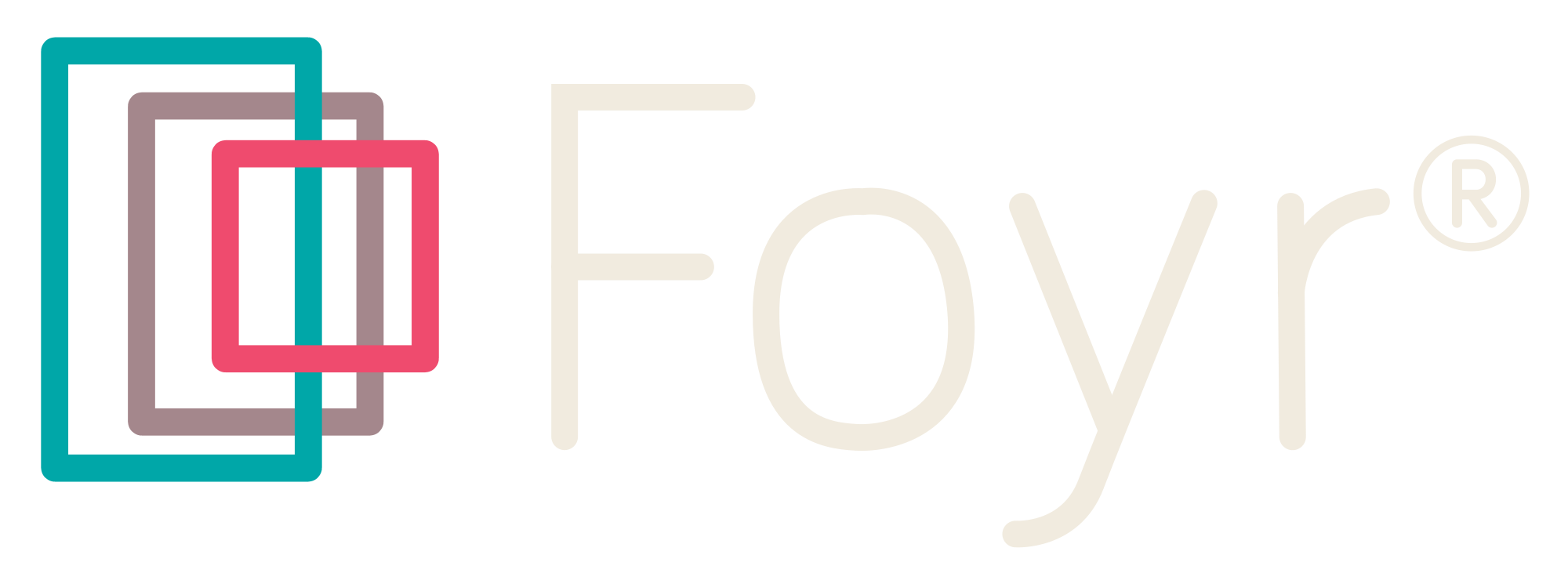
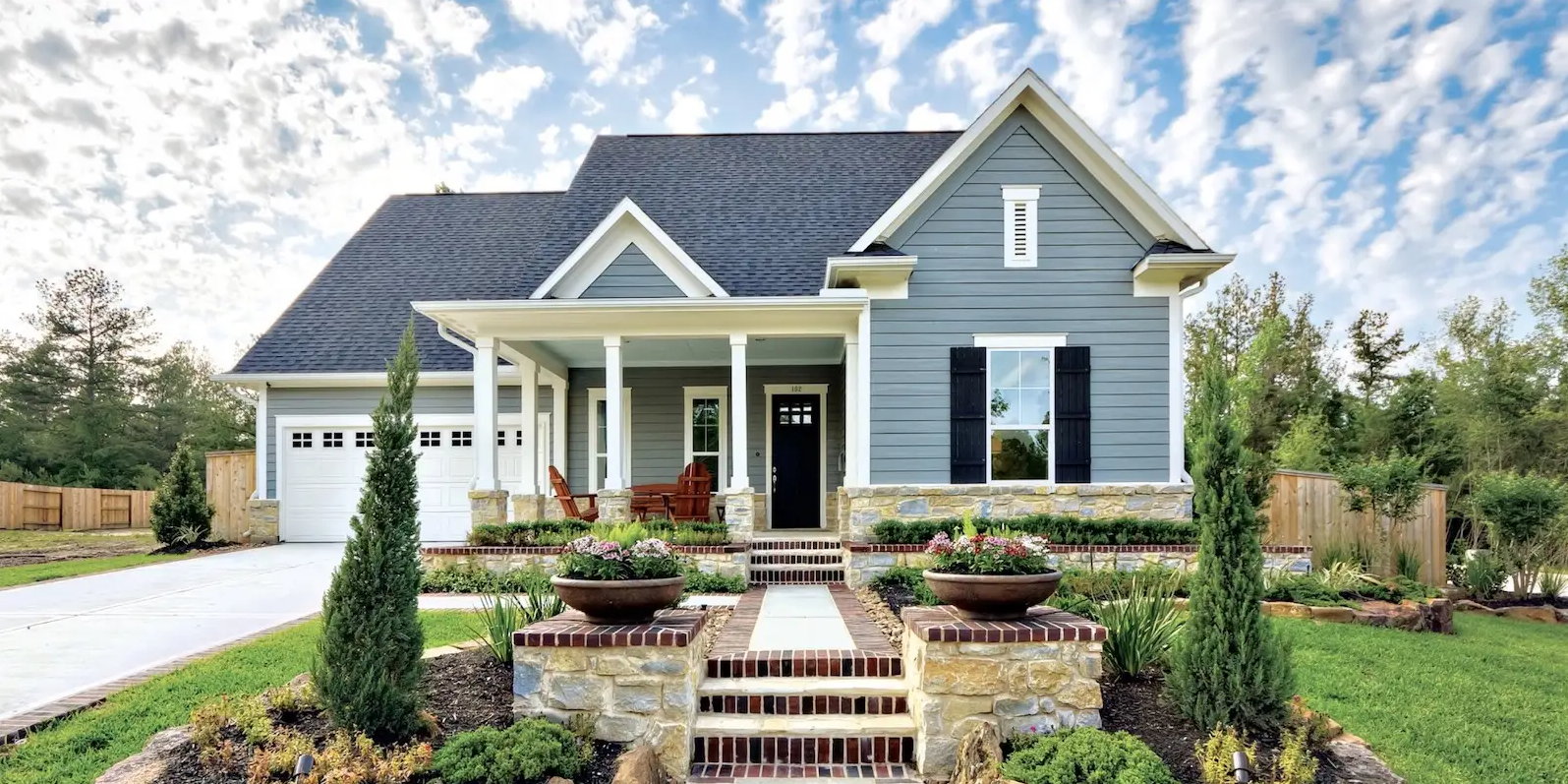
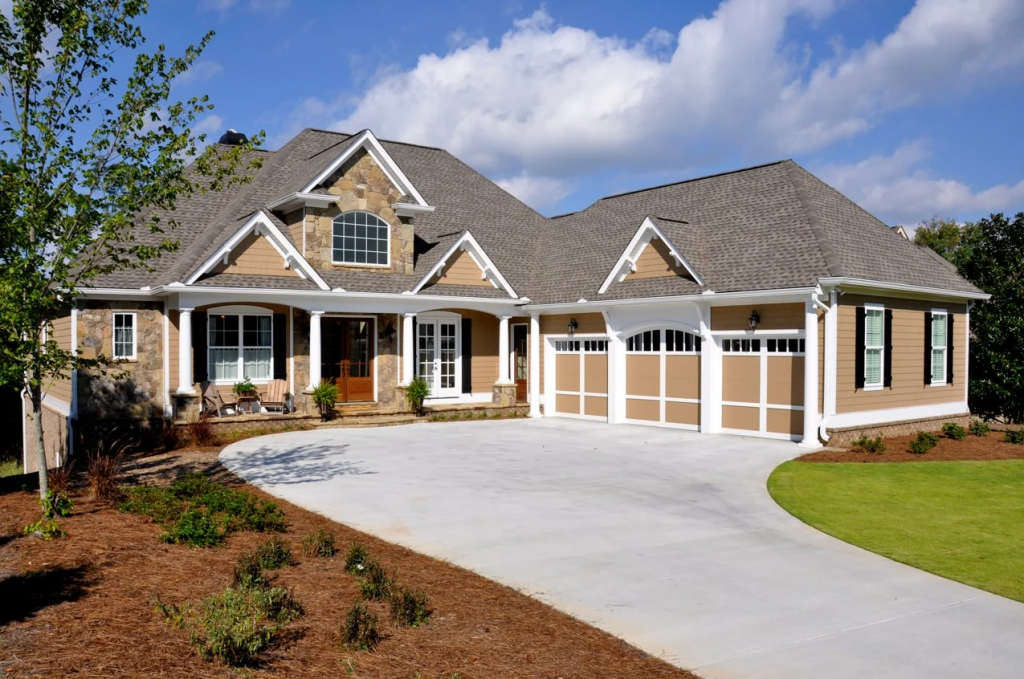
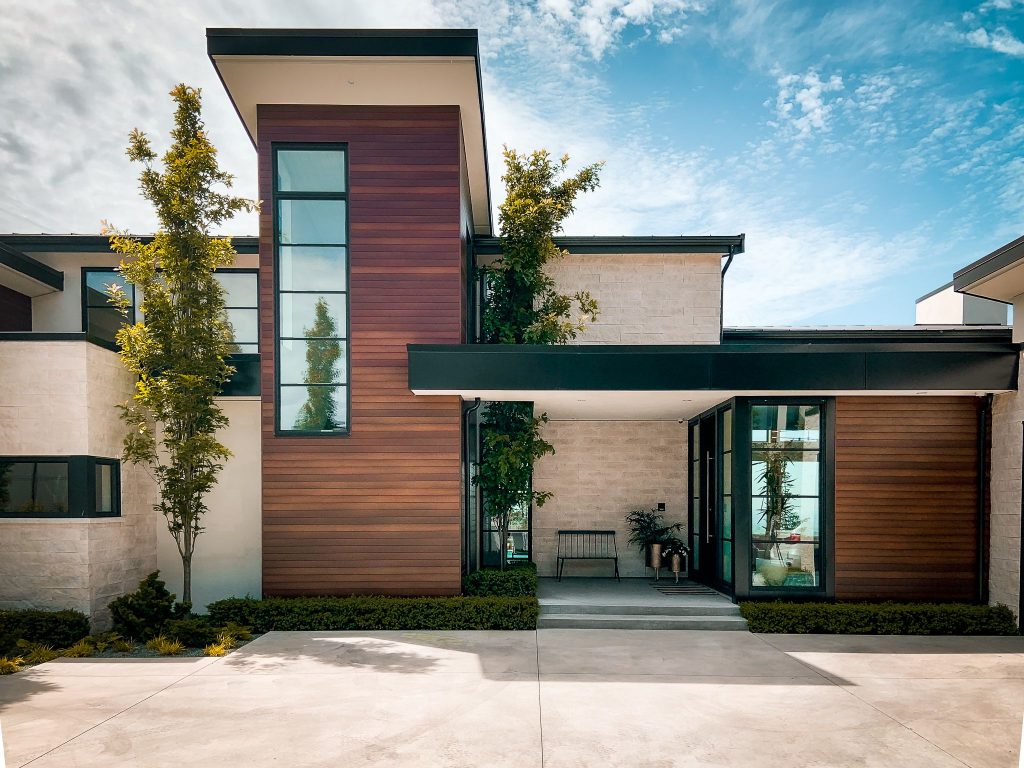
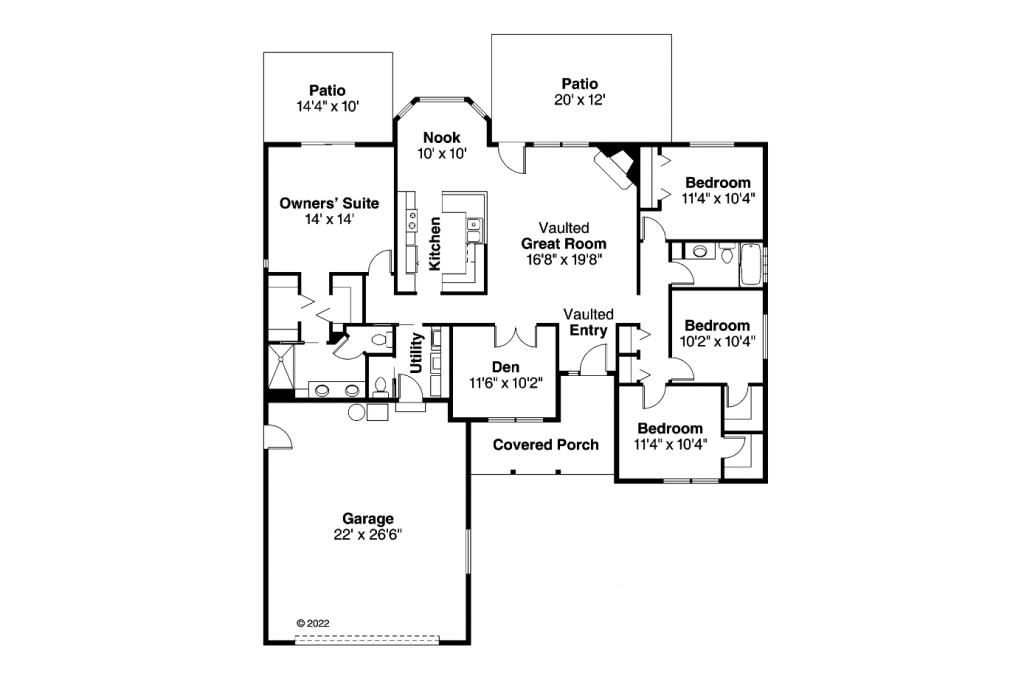
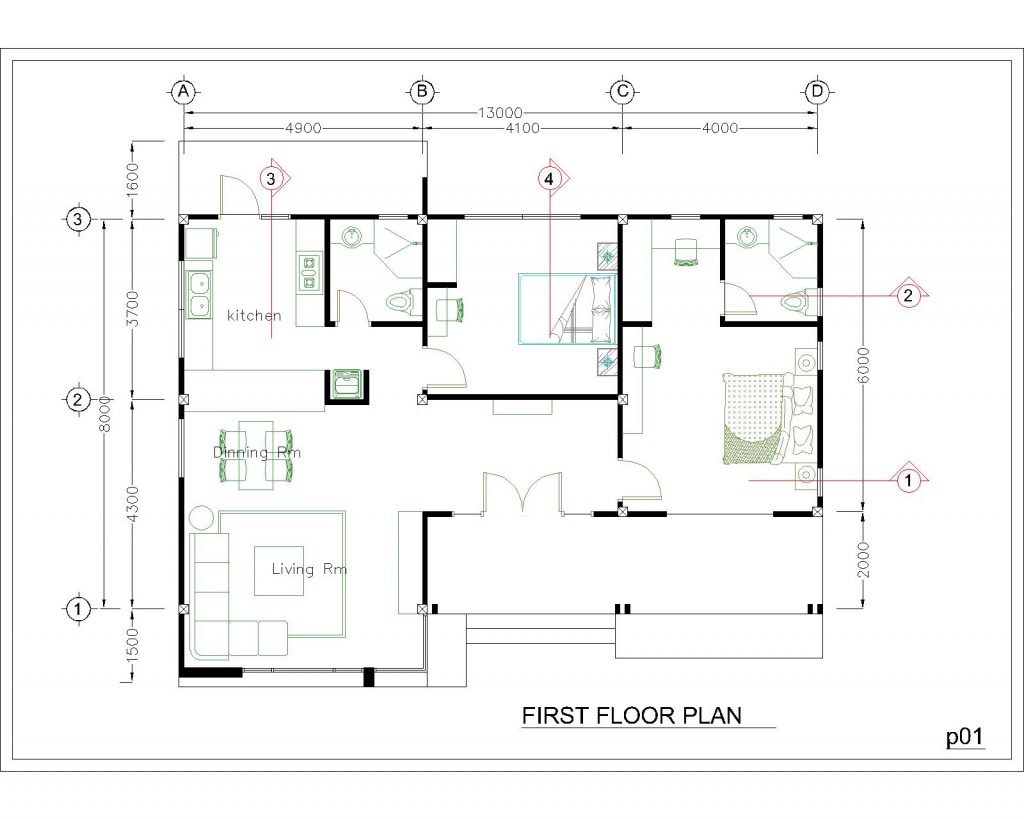
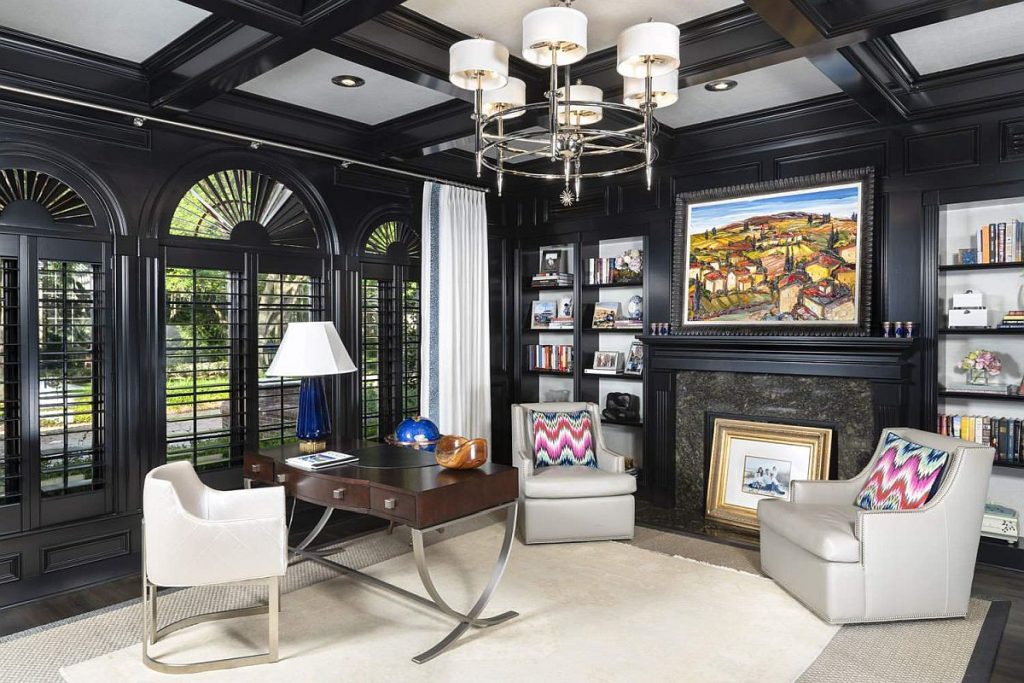
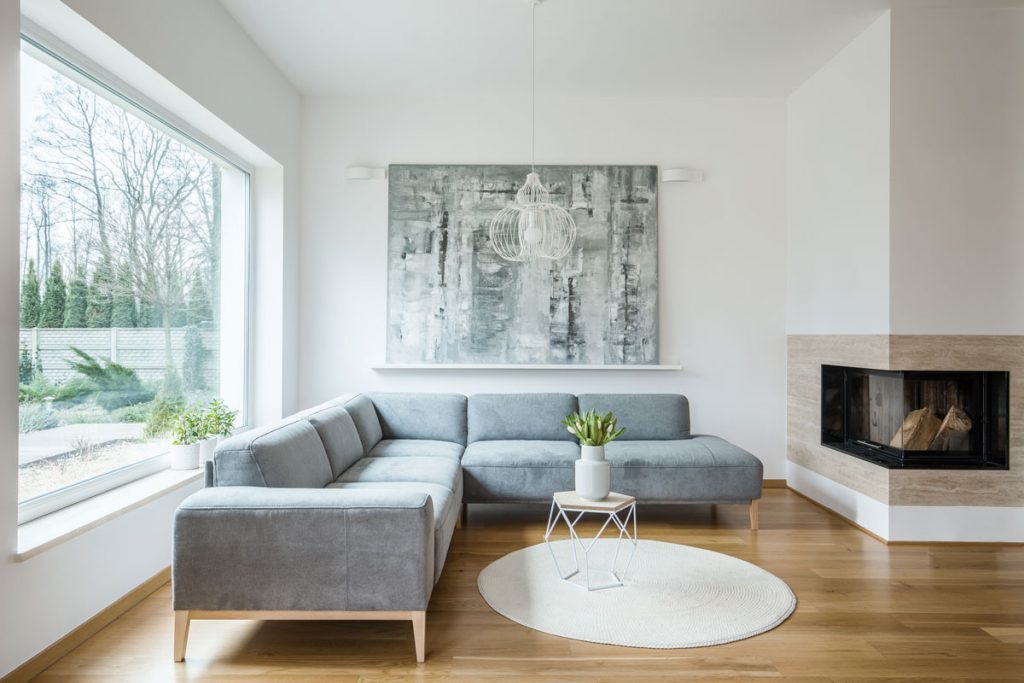
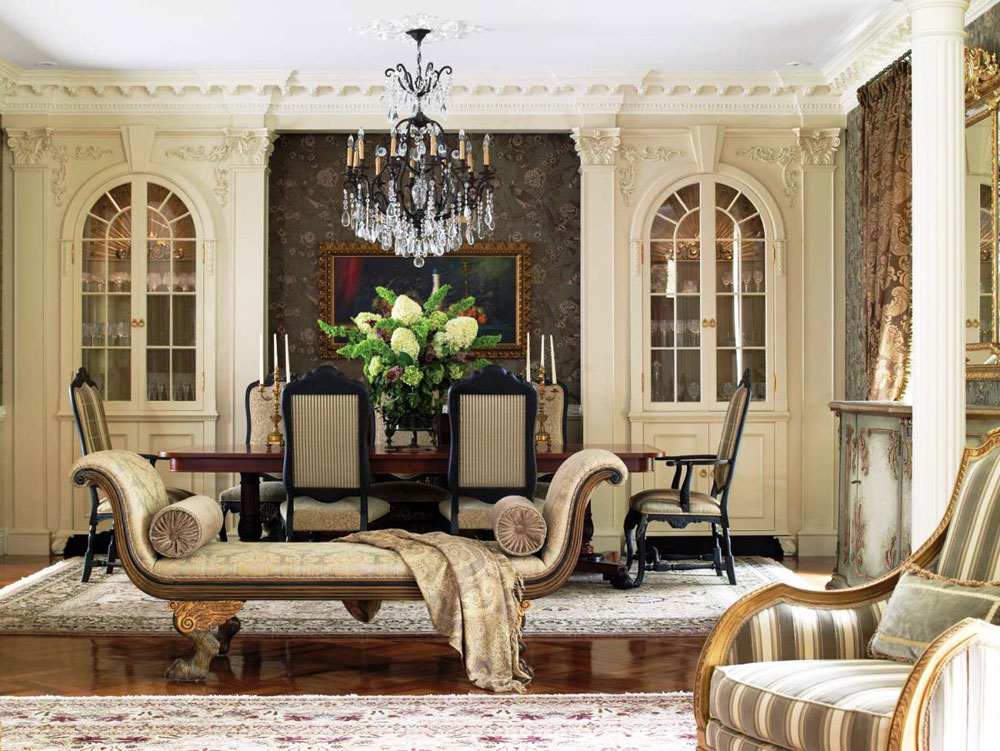
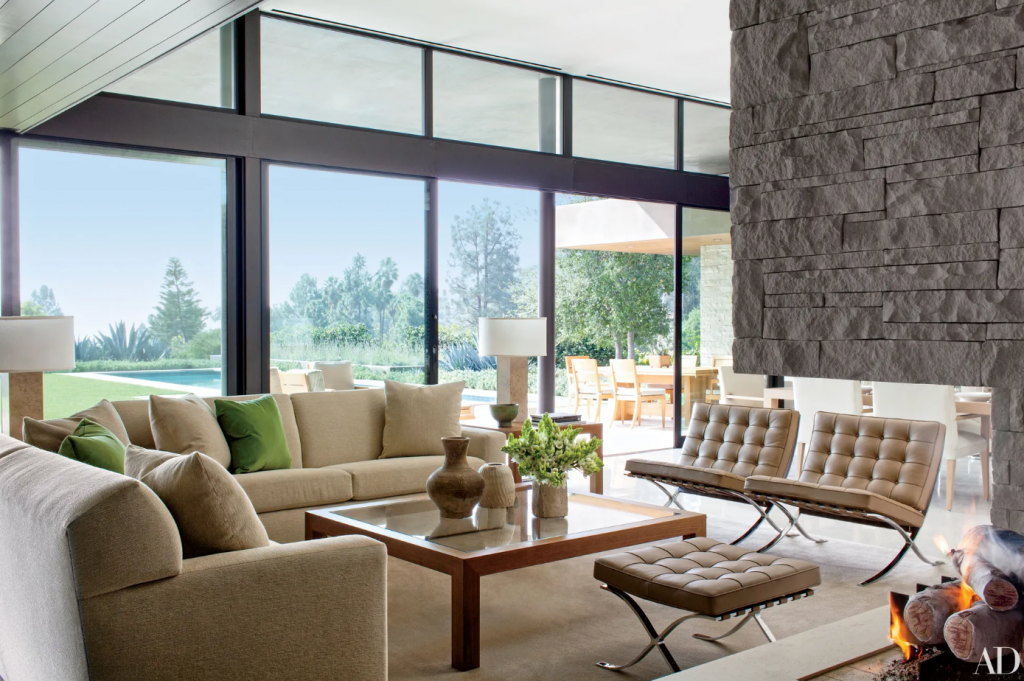
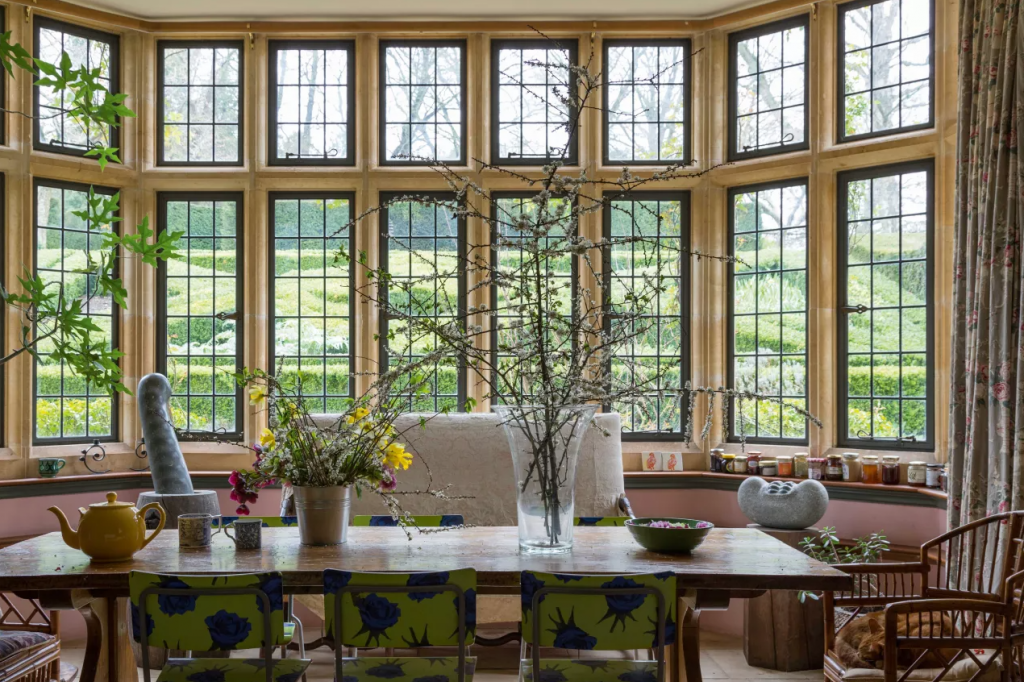
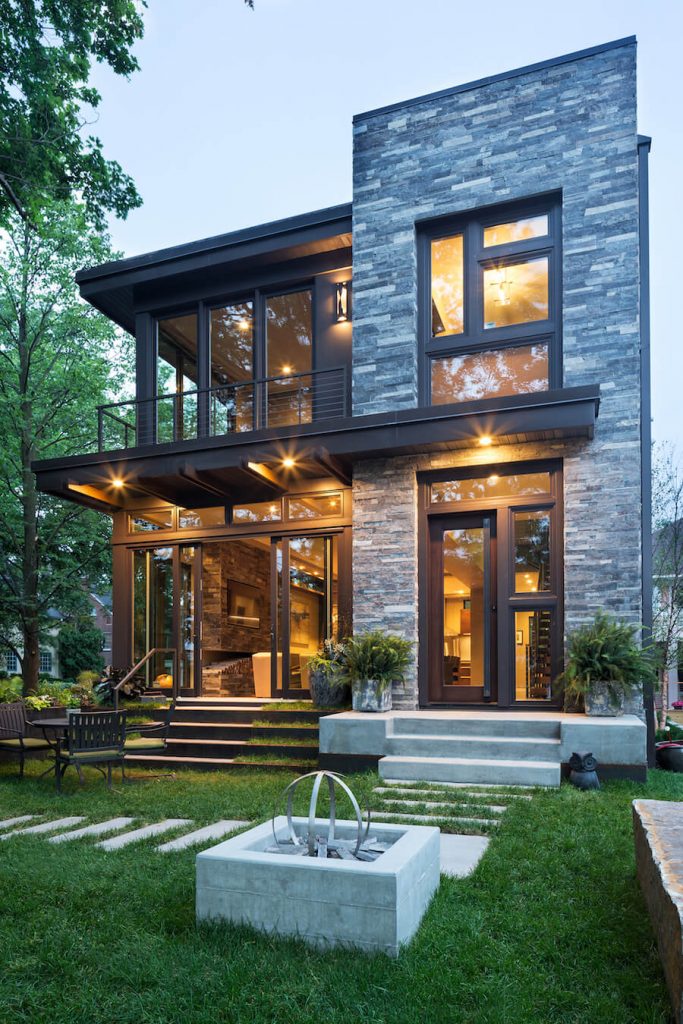

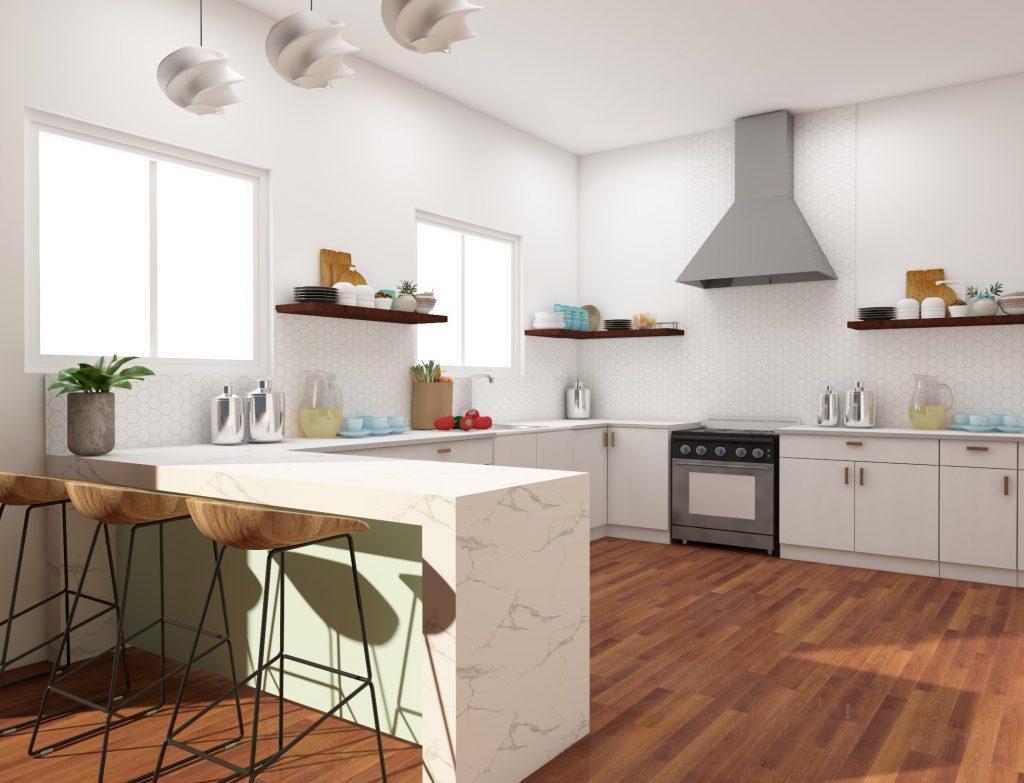

Leave A Reply